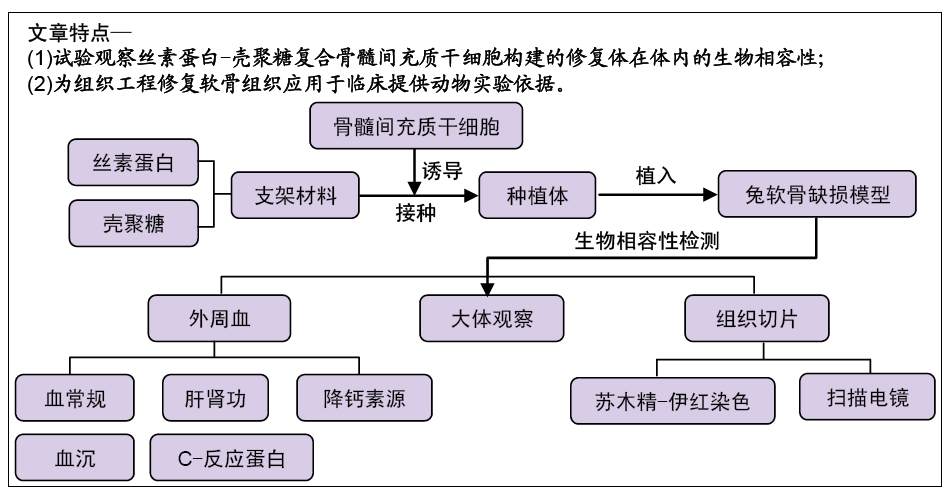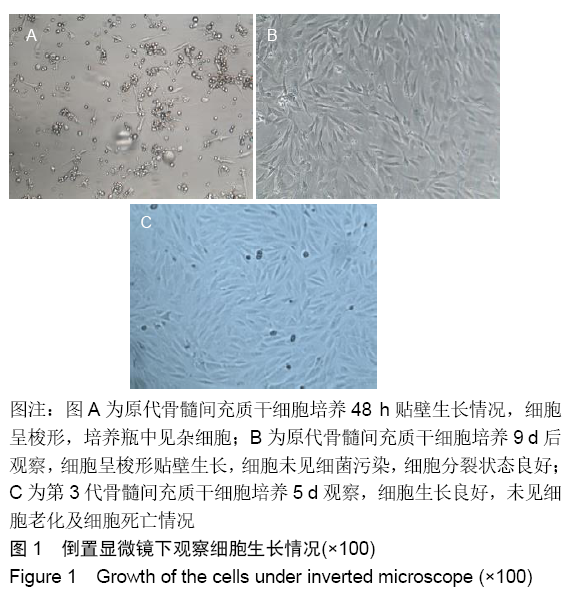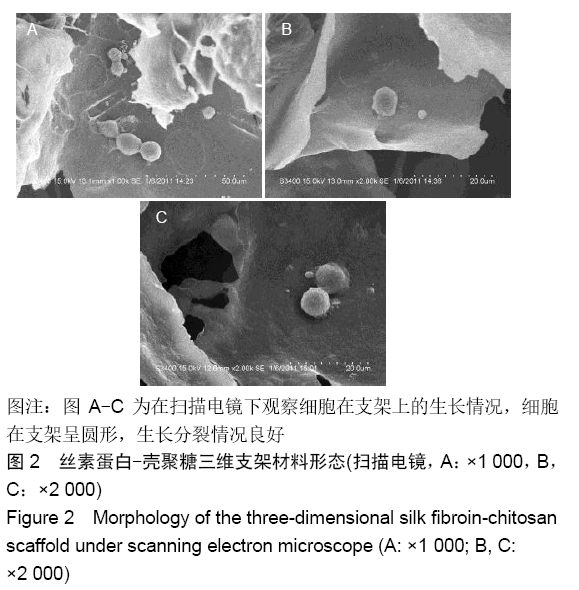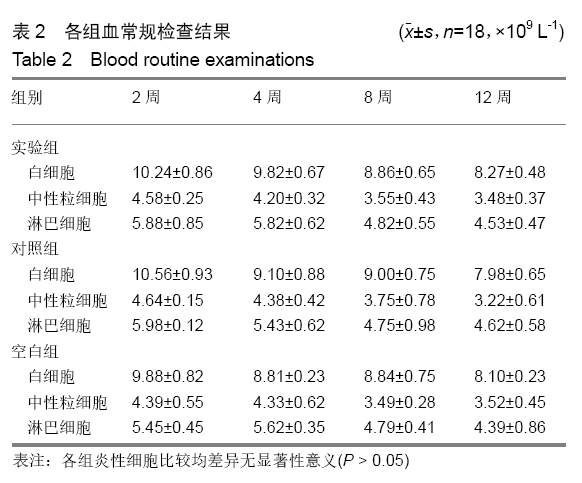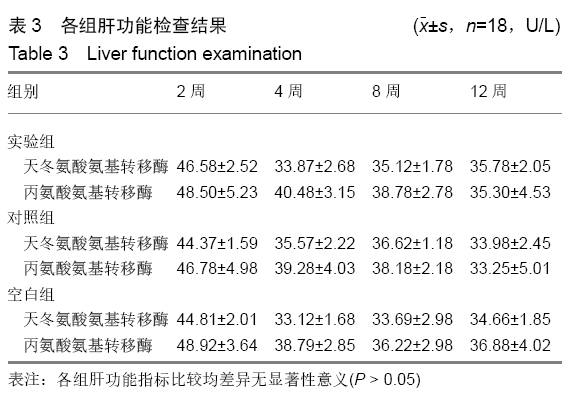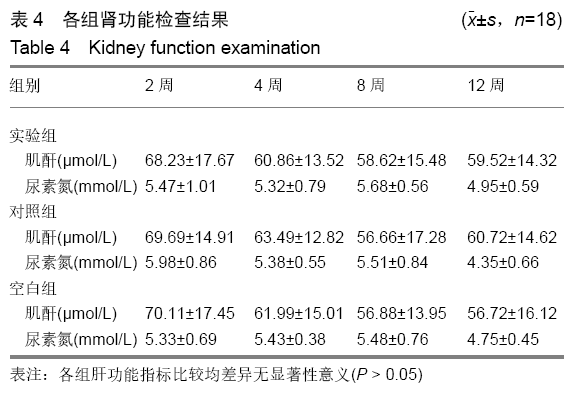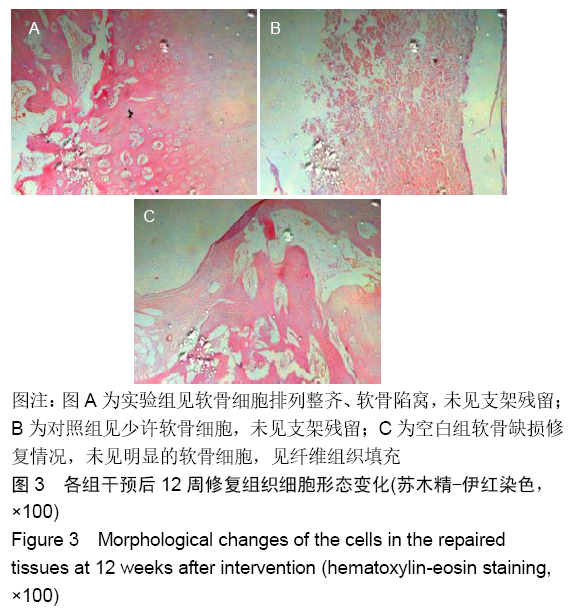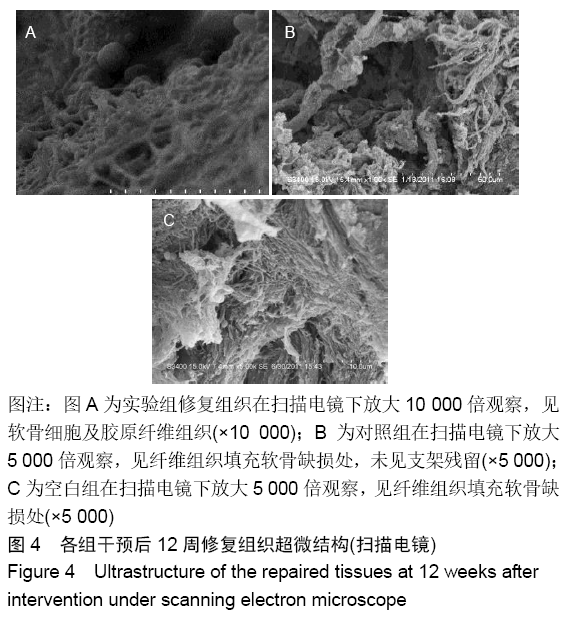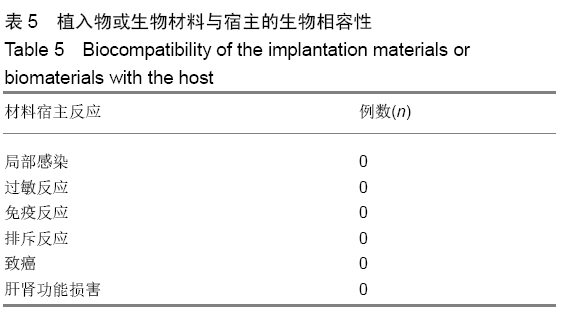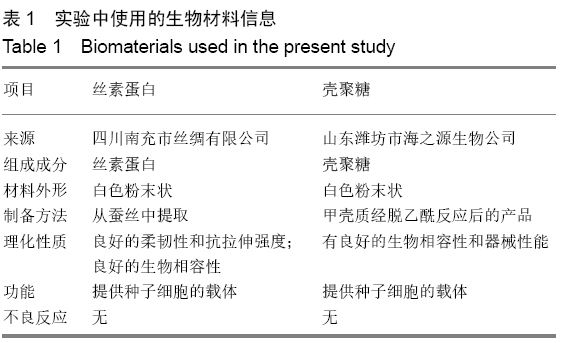[1] MARTÍN-HERNÁNDEZ C, FLORÍA-ARNAL LJ, GÓMEZ-BLASCO A, et al. Metaphyseal sleeves as the primary implant for the management of bone defects in total knee arthroplasty after post-traumatic knee arthritis. Knee. 2018;25(4):669-675.
[2] ASHRAF S, KIM BJ, PARK S, et al. RHEB gene therapy maintains the chondrogenic characteristics and protects cartilage tissue from degenerative damage during experimental murine osteoarthritis. Osteoarthritis Cartilage. 2019 doi: 10.1016/j.joca.2019.05.024.
[3] KHOSHBIN A, STAVRAKIS A, SHARMA A, et al. Patient-reported outcome measures of total knee arthroplasties for post-traumatic arthritis versus osteoarthritis: a short-term (5- to 10-year) retrospective matched cohort study. J Arthroplasty. 2019;34(5): 872-876.
[4] ZIEGLER P, FRIEDERICHS J, HUNGERER S. Fusion of the subtalar joint for post-traumatic arthrosis: a study of functional outcomes and non-unions. Int Orthop. 2017;41(7):1387-1393.
[5] DELIORMANLI AM, ATMACA H. Biological response of osteoblastic and chondrogenic cells to graphene-containing PCL/bioactive glass bilayered scaffolds for osteochondral tissue engineering applications. Appl Biochem Biotechnol. 2018;186(4):972-989.
[6] RIBEIRO VP, DA SILVA MORAIS A, MAIA FR, et al. Combinatory approach for developing silk fibroin scaffolds for cartilage regeneration. Acta Biomater. 2018;72:167-181.
[7] MIRAHMADI F, TAFAZZOLI-SHADPOUR M, SHOKRGOZAR MA, et al. Enhanced mechanical properties of thermosensitive chitosan hydrogel by silk fibers for cartilage tissue engineering. Mater Sci Eng C Mater Biol Appl. 2013;33(8):4786-4794.
[8] KIM CH, PARK SJ, YANG DH, et al. Chitosan for tissue engineering. Adv Exp Med Biol. 2018;1077:475-485.
[9] VISHWANATH V, PRAMANIK K, BISWAS A. Optimization and evaluation of silk fibroin-chitosan freeze-dried porous scaffolds for cartilage tissue engineering application. J Biomater Sci Polym Ed. 2016;27(7):657-674.
[10] DENG J, SHE R, HUANG W, et al. A silk fibroin/chitosan scaffold in combination with bone marrow-derived mesenchymal stem cells to repair cartilage defects in the rabbit knee. J Mater Sci Mater Med. 2013;24(8):2037-2046.
[11] ZENG S, LIU L, SHI Y, et al. Characterization of silk fibroin/chitosan 3D porous scaffold and in vitro cytology. PLoS One. 2015;10(6): e0128658.
[12] KOPESKY PW, BYUN S, VANDERPLOEG EJ, et al. Sustained delivery of bioactive TGF-β1 from self-assembling peptide hydrogels induces chondrogenesis of encapsulated bone marrow stromal cells. J Biomed Mater Res A. 2014;102(5):1275-1285.
[13] DUCRET M, FARGES JC, PASDELOUP M, et al. Phenotypic identification of dental pulp mesenchymal stem/stromal cells subpopulations with multiparametric flow cytometry. Methods Mol Biol. 2019;1922:77-90.
[14] GOMATHYSANKAR S, HALIM AS, YAACOB NS, et al. Compatibility of porous chitosan scaffold with the attachment and proliferation of human adipose-derived stem cells in vitro. J Stem Cells Regen Med. 2016;12(2):79-86.
[15] BRENNER JM, VENTURA NM, TSE MY, et al. Implantation of scaffold-free engineered cartilage constructs in a rabbit model for chondral resurfacing. Artif Organs. 2014;38(2):E21-E32.
[16] AFEWERKI S, SHEIKHI A, KANNAN S, et al. Gelatin-polysaccharide composite scaffolds for 3D cell culture and tissue engineering: towards natural therapeutics. Bioeng Transl Med. 2018;4(1): 96-115.
[17] DIVAKAR P, MOODIE KL, DEMIDENKO E, et al. Quantitative evaluation of the in vivo biocompatibility and performance of freeze-cast tissue scaffolds. Biomed Mater. 2019 doi:10.1088/1748-605X/ab316a.
[18] AGRAWAL P, PRAMANIK K, VISHWANATH V, et al. Enhanced chondrogenesis of mesenchymal stem cells over silk fibroin/ chitosan-chondroitin sulfate three dimensional scaffold in dynamic culture condition. J Biomed Mater Res B Appl Biomater. 2018; 106(7):2576-2587.
[19] DEGERATU CN, MABILLEAU G, AGUADO E, et al. Polyhydroxyalkanoate (PHBV) fibers obtained by a wet spinning method: good in vitro cytocompatibility but absence of in vivo biocompatibility when used as a bone graft. Morphologie. 2019; 103(341 Pt 2):94-102.
[20] TITORENCU I, ALBU MG, NEMECZ M, et al. Natural polymer-cell bioconstructs for bone tissue engineering. Curr Stem Cell Res Ther. 2017;12(2):165-174.
[21] XIANG P, WANG SS, HE M, et al. The in vitro and in vivo biocompatibility evaluation of electrospun recombinant spider silk protein/PCL/gelatin for small caliber vascular tissue engineering scaffolds. Colloids Surf B Biointerfaces. 2018;163:19-28.
[22] ZHUANG Y, ZHANG Q, FENG J, et al. The effect of native silk fibroin powder on the physical properties and biocompatibility of biomedical polyurethane membrane. Proc Inst Mech Eng H. 2017:231(4):337-346.
[23] CAO L, LU C, WANG Q, et al. Biocompatibility and fabrication of RGO/chitosan film for cartilage tissue recovery. Environ Toxicol Pharmacol. 2017;54:199-203.
[24] PERRIER-GROULT E, PÉRÈS E, PASDELOUP M, et al. Evaluation of the biocompatibility and stability of allogeneic tissue-engineered cartilage in humanized mice. PLoS One. 2019;14(5):e0217183.
[25] SINGH BN, PRAMANIK K. Fabrication and evaluation of non-mulberry silk fibroin fiber reinforced chitosan based porous composite scaffold for cartilage tissue engineering. Tissue Cell. 2018;55:83-90.
[26] ERICKSON AE, SUN J, LAN LEVENGOOD SK, et al. Chitosan-based composite bilayer scaffold as an in vitro osteochondral defect regeneration model. Biomed Microdevices. 2019;21(2):34.
[27] XIAO H, HUANG W, XIONG K, et al. Osteochondral repair using scaffolds with gradient pore sizes constructed with silk fibroin, chitosan, and nano-hydroxyapatite. Int J Nanomedicine. 2019;14: 2011-2027.
[28] ZHAO YH, NIU CM, SHI JQ, et al.Novel conductive polypyrrole/ silk fibroin scaffold for neural tissue repair.Neural Regen Res. 2018;13(8): 1455-1464.
[29] 佘荣峰,邓江,黄文良,等.丝素蛋白/壳聚糖三维支架材料的制备方法[J].中国组织工程研究与临床康复,2011,15(47):8821-8824.
[30] DENG J, SHE RF, HUANG WL, et al. Fibroin protein/chitosan scaffolds and bone marrow mesenchymal stem cells culture in vitro. Genet Mol Res. 2014;13(3):5745-5753.
[31] 张敏波,彭齐峰,马亚萍,等.3D打印微小颗粒骨/聚乳酸-羟基乙酸共聚物支架材料的物理性能及其生物相容性[J].中国组织工程研究,2019, 23(14):2215-2222.
[32] JONES JR, TSIGKOU O, COATES EE, et al. Extracellular matrix formation and mineralization on a phosphate-free porous bioactive glass scaffold using primary human osteoblast (HOB) cells. Biomaterials. 2007;28(9):1653-1663.
[33] SEYEDMAJIDI M, HAGHANIFAR S, HAJIAN-TILAKI K, et al. Histopathological, histomorphometrical, and radiological evaluations of hydroxyapatite/bioactive glass and fluorapatite/bioactive glass nanocomposite foams as cell scaffolds in rat tibia: an in vivo study. Biomed Mater. 2018;13(2):025015.
[34] WESTHAUSER F, SENGER AS, REIBLE B, et al. In vivo models for the evaluation of the osteogenic potency of bone substitutes seeded with mesenchymal stem cells of human origin: a concise review. Tissue Eng Part C Methods. 2017;23(12):881-888. |
